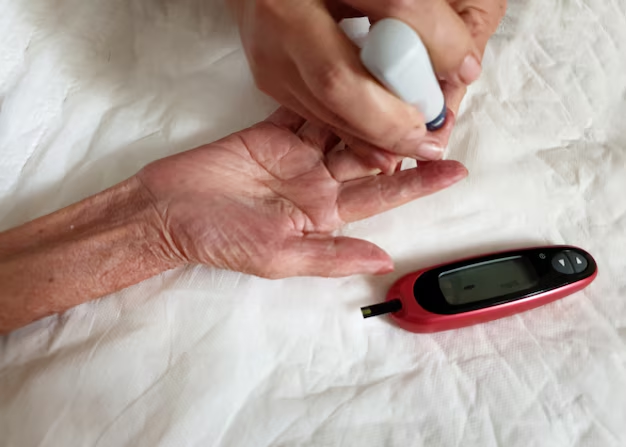Understanding Diabetes: What It Means for Your Health and Lifestyle
Diabetes is more than just a blood sugar problem; it's a condition that affects every part of your life. Imagine a busy city where the traffic lights suddenly stop working. Chaos would quickly ensue as cars and pedestrians struggle to navigate without direction. In the same way, diabetes disrupts the natural flow of glucose (sugar) in your body, potentially leading to a short and long-term health challenges. But understanding what happens inside your body and knowing where to find support can turn complexity into clarity and ease the burden.
The Science Behind Diabetes
When you eat, your body breaks food down into glucose, which enters your bloodstream. Meanwhile, your pancreas releases insulin, a hormone that helps cells absorb glucose for energy. In diabetes, this system is impaired:
- Type 1 Diabetes: The immune system mistakenly attacks pancreatic cells, halting insulin production. Think of it as a city suddenly shut off from its power grid.
- Type 2 Diabetes: The body fails to use insulin properly, leading to insulin resistance. Over time, the pancreas can’t meet the demand, akin to an overworked traffic control system.
As glucose levels rise, they can damage nerves and blood vessels, affecting the heart, kidneys, and more.
Daily Life with Diabetes
Having diabetes means making lifestyle adjustments:
- Monitoring Blood Sugar Levels: Regular monitoring informs dietary and medical decisions, similar to using GPS for calculated travel routes.
- Maintaining Diet and Exercise: A balanced diet and regular exercise support weight management and reduce glucose spikes.
- Medication Management: Insulin or other medication might be necessary to regulate glucose, serving as traffic managers to ease congestion.
These measures can prevent complications, enhancing life quality and longevity.
Economic and Financial Strain
Diabetes involves a significant financial commitment for treatments, test strips, glucose monitors, and medications. Navigating these costs can be challenging, especially for those without adequate insurance. Thankfully, various assistance programs aim to lighten the burden.
Available Resources and Financial Assistance
For those living with diabetes, understanding the financial tools and programs available is crucial. Here’s a quick guide to some valuable resources:
Financial Assistance Programs:
- Medicaid: A state and federal program aiding low-income individuals with healthcare costs.
- Medicare Part D: Offers prescription drug coverage, including diabetes medications and supplies.
- Health Insurance Marketplaces: Provides options for private insurance with possible subsidies.
Credit Solutions:
- Credit Counseling: Professional advice to manage health-related debt effectively.
- Medical Credit Cards: Cards designed to cover medical expenses, offering delayed interest payments under specific terms.
Educational Opportunities:
- Diabetes Self-Management Education (DSME): Programs funded to assist in diabetes management knowledge, often covered by insurance.
- Non-Profit Support: Organizations like the American Diabetes Association often provide resources and education free of charge.
Handling diabetes is no small feat, but with the right knowledge and resources, it's possible to manage both its health and financial implications. Explore options to find the best fit for your needs, and remember, help is always available when you seek it out. 😊
Quick Help Resources:
- 🏥 Healthcare Programs: Medicaid, Medicare
- 💳 Credit Solutions: Medical Credit Cards, Credit Counseling
- 🎓 Educational Aids: DSME, Non-Profits
